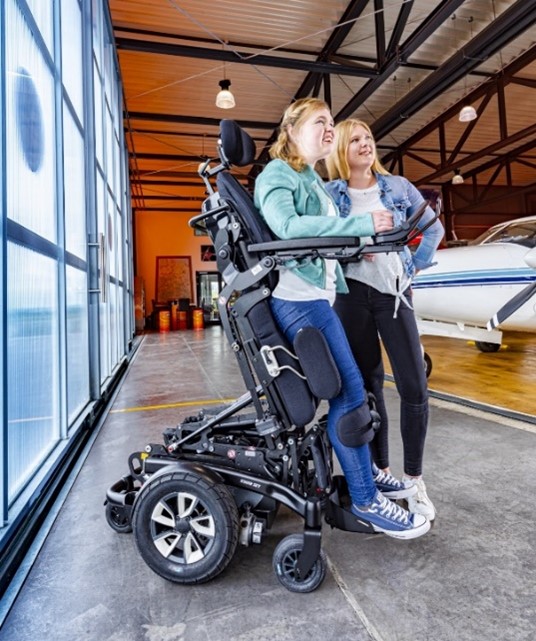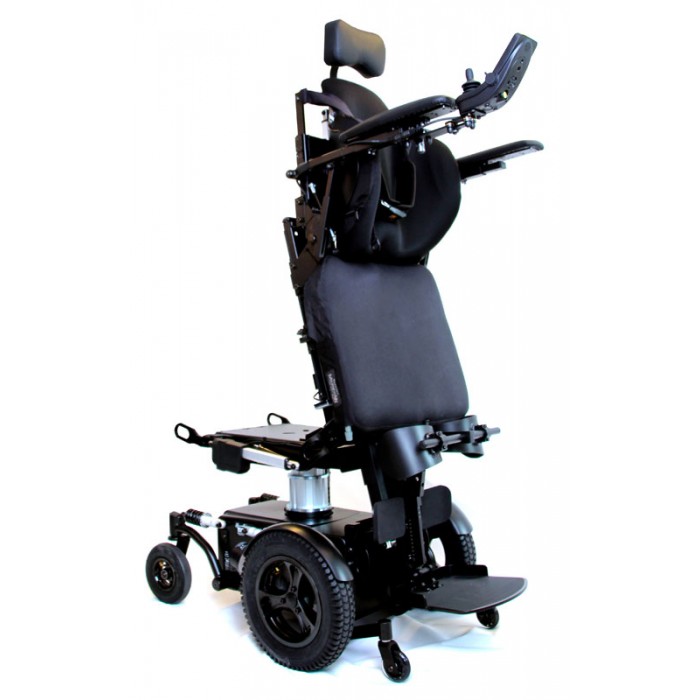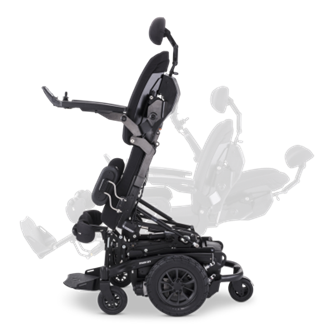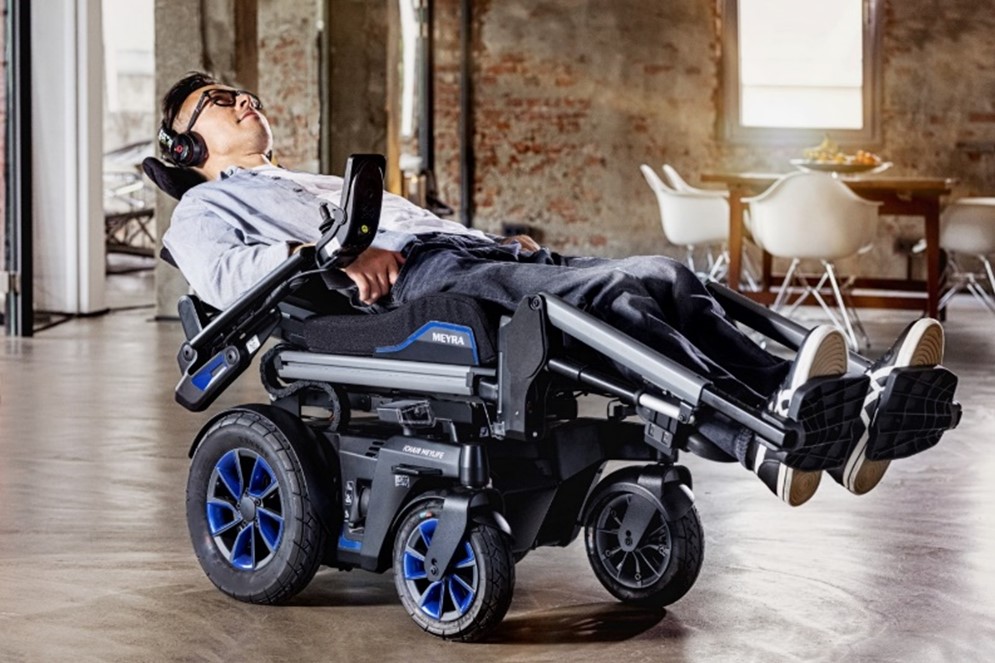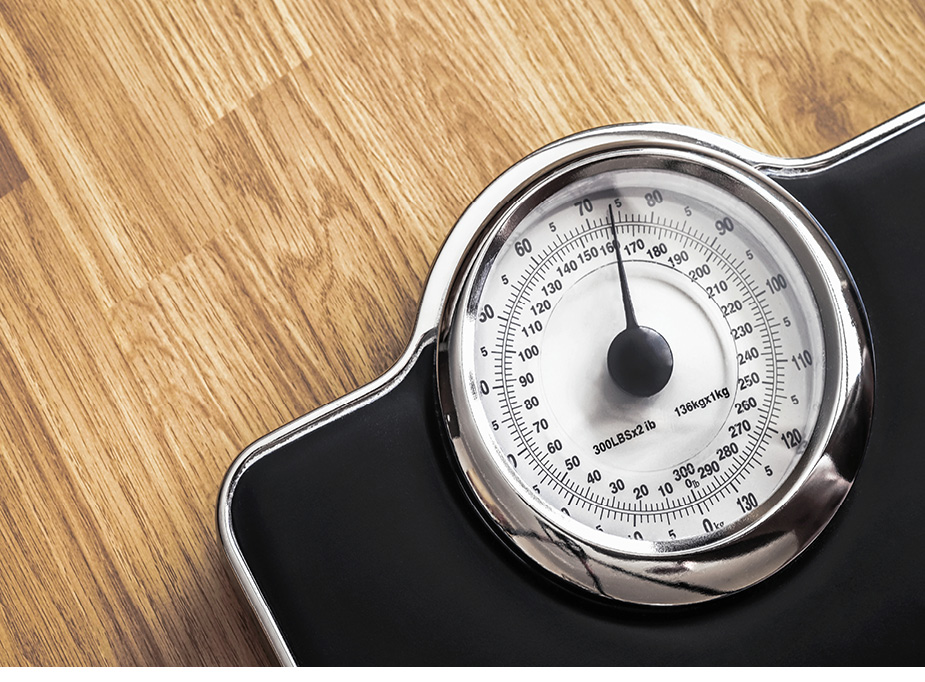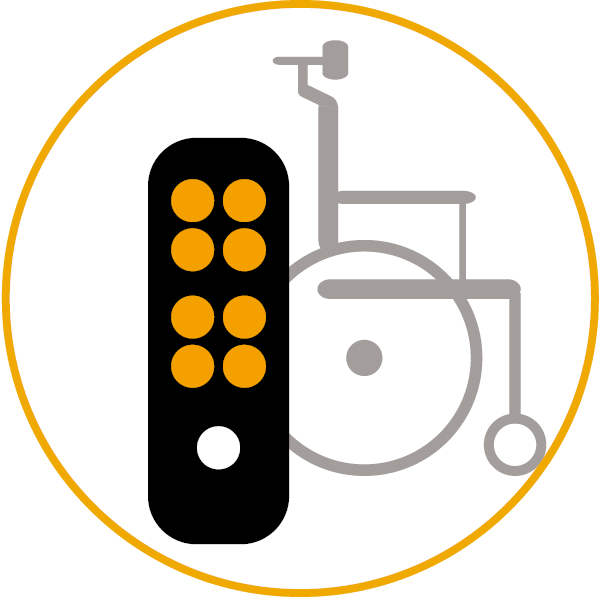We will not leave you stranded!
– Our thoughts on standing wheelchair provision
Humans are designed for movement and continuous stress like running, walking and standing.
The human body has constantly adapted over 30,000 years. All physical and even mental functions of our body have evolved towards our current posture. Joints, muscles, ligaments, internal organs, digestion and breathing are closely linked to this blueprint of our body. Permanent deviations from this blueprint inevitably lead to physical problems and to incorrect and excessive stresses in our physiology.
Recent studies1 by the World Health Organization (WHO) show that too much sitting now costs our health systems almost as much as smoking. Fortunately, health insurers and insurance companies are investing in measures to counteract this. Workplace health promotion also supports employees with predominantly sedentary jobs in the purchase of desks or desk attachments that enable employees to perform work while standing.
An article by Harald Sieweke, physiotherapist and medical product consultant at Meyra GmbH.
But what about people who are permanently dependent on a wheelchair due to illness or disability?
Wheelchairs with a lying and/or standing function enable relief of the affected body areas through the change of position, and also promote breathing, the circulatory system and digestion. Last but not least, the standing function promotes social participation. Numerous studies2 on the topic of “standing in a wheelchair” prove positive medical, social and psychological benefits of care with a standing wheelchair.
Patients, nurses, doctors and therapists report and document the reduction of secondary diseases such as lung infections due to reduced ventilation, contractures, cardiovascular insufficiency, metabolic and excretory problems caused by permanent sitting in a wheelchair.
639 human muscles involved in posture are not made for permanent sitting
40 % of these muscles are even required to move. If this is not ensured, they atrophy, shorten, cramp and/or hurt.
A large part of our internal organs are functionally dependent on the verticality of our body. Breathing, metabolism, blood circulation, blood pressure regulation, digestion and excretion can be extremely impaired by permanent sitting. Especially in the case of diseases and disabilities where these functions are already impaired by the underlying disease, it is extremely important to also counteract with the provision of aids.
Read more about Meyra iCHAIR SkyAt Meyra Group we offer 2 different Stand-Up chairs
You are always welcom to contact us for more information about the 2 chairs and of course also if you are interested in a demonstration of the chairs.
Read more about TA IQ FWD Stand-UpFor this reason, it is an important concern of mine, purely from a therapeutic point of view, that the application for and provision of a stand-up power wheelchair (sitting, standing, lying down) is facilitated by the funding parties. In other areas of health care, it is considered an incontrovertible fact that permanent sitting poses such a high risk to public health and the health budget.
Breathing
Our breathing is largely determined by the diaphragm and the intercostal muscles. By tensing and relaxing these muscles, a negative pressure is created in the lungs through which we inhale and exhale. If these muscles are weakened by a disease (e.g. ALS, Duchenné muscular dystrophy) or if they are impeded by external factors (e.g. massive scoliosis), the lungs can no longer ventilate sufficiently and there is a lack of oxygen in the blood. At the same time, not enough carbon dioxide can be released. This lack of ventilation of the lungs can cause serious infections as secretions and aspirated fluids or food components cannot be coughed up effectively and pathogens and other germs can multiply unchecked in the poorly ventilated areas of the lungs.
But how does standing help us to improve breathing?
When sitting, there is increased pressure in the abdominal cavity due to a shift of all the internal organs slightly upwards. A healthy diaphragm can work against this increased pressure, but if the diaphragm is already weakened by the underlying disease, it can no longer do so. Stretching the whole body while lying down already reduces this increased abdominal pressure, but here the abdominal wall has to lift against gravity. When standing, the internal organs shift downwards with the help of gravity and make room for the diaphragm dynamics, so that it is easier to breathe in. This has been proven by relevant studies 3and helps many patients to remain independent of external ventilation over a long period of time. Supporting the arms with optimally positioned armrests when standing additionally helps to activate the intercostal muscles, which deepens breathing even more.
Contractures
As mentioned earlier, many of our muscles and joints require movement. This means that if they are not moved to their full range of motion, functional problems arise: the result is shortened muscle fibres, joint capsules, tendons and ligaments stick together and fuse, which leads to a severe restriction of movement and pain (the body registers this unnatural state through its sensitive fibres and reports this in the form of pain). These adhesions can later only be released by very complex, expensive operations.
The risk of contractures caused by sitting for long periods of time is extremely increased, especially in patients with spasticity (increased basic tension of the musculature that cannot be influenced voluntarily). Functionally, this can be prevented/ counteracted very well by independently assuming an extended lying or standing position. Disease patterns in which these massive contractures can occur, not least due to spastic patterns, include amyotrophic lateral sclerosis (ALS), multiple sclerosis (MS), cerebral palsy (CP), muscular dystrophy Duchennè and paraplegia. It is important to mention here that for many users with the above-mentioned illnesses and disabilities it is advantageous or even absolutely necessary to come to a standing position via a lying position. Through this intermediate step, the affected joints, tendons and ligaments are brought into a stretched position without (weight) strain, which prevents injuries and pain. Afterwards, the body can be verticalised as far as tolerated without joint dynamics.
Experience the iCHAIR MEYLIFEWhether a standing power wheelchair is suitable (and in which version) depends on the physical abilities of the person concerned and their living environment. Trained physiotherapists and the experienced experts in the medical and rehabilitation trade can give you sound advice on this topic and of course also offer trials of the models in question.
Sources:
2 S. Kwok, L. Harvey, J. Glinsky, J.L. Bowden, M. Coggrave and T. Tussler – Does regular standing improve bowel function in people with spinal cord injury? A randomized crossover trial – Spinal Cord (2015) 53, 36-41.
3 Brigitta Nordström, Annika Näslund, Margareta Eriksson, Lars Nyberg, Lilly Ekenberg – The impact of supported standing on well-being and quality of life – Physiotherapy Canada (2013), 65, no. 4, 344-352.




